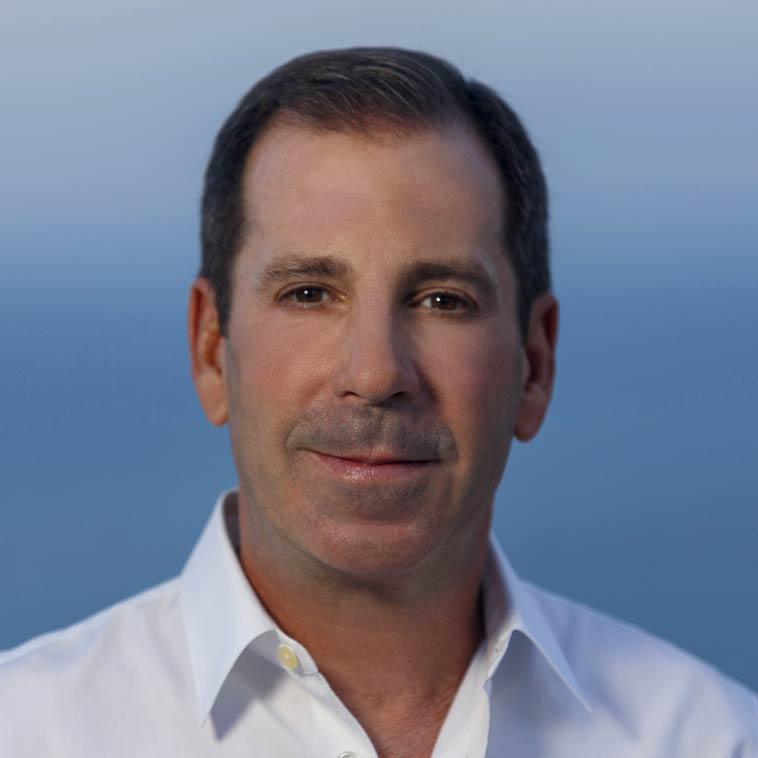by Mark Sanna, DC, ACRB Level II, FICC •
President & CEO Breakthrough Coaching •
As a chiropractor, you understand the importance of tailoring your treatment to each patient’s unique needs. But have you ever considered how your patients’ generational differences can impact their health concerns and preferences?
Generational marketing is the practice of tailoring marketing efforts to different age groups based on their shared experiences and characteristics. By understanding the values and priorities of each generation, you can better connect with your patients and provide them with the care they need.
Let’s take a closer look at the four main generational groups you may encounter in your chiropractic practice and how you can adapt your marketing efforts to appeal to their needs.
Baby Boomers (born 1946-1964)
Baby Boomers are the largest generation and are currently reaching retirement age. They are often concerned with maintaining their health and mobility as they age. Emphasize the long-term benefits of chiropractic care and focus on the importance of prevention rather than treatment. Use testimonials from older patients who have experienced improved mobility and decreased pain through regular chiropractic adjustments.
Generation X (born 1965-1980)
Generation X grew up during a time of economic and social instability, and they are often independent and skeptical. They value authenticity and transparency, so focus on building trust with your Gen X patients by explaining the science behind chiropractic care and being upfront about the cost and expected results. Use social media to share educational content and engage with your patients.
Millennials (born 1981-1996)
Millennials are often characterized as tech-savvy and socially conscious. They prioritize wellness and self-care, so emphasize the holistic benefits of chiropractic care, including stress reduction and improved sleep. Use social media and digital marketing to reach this tech-savvy generation and consider offering online appointment scheduling and telehealth services.
Generation Z (born 1997-2012)
Generation Z is the youngest generation and is just starting to enter adulthood. They are diverse and value authenticity and inclusivity. Consider partnering with local schools or youth organizations to educate young people about the benefits of chiropractic care. Use social media platforms like TikTok and Instagram to connect with this generation and consider offering virtual consultations and personalized treatment plans.
To effectively market to these different groups, healthcare providers can use technology in various ways. Here are some ways you can use technology for generational marketing:
Personalization
Personalization has been a buzzword in marketing for a few years now, and it’s not going away anytime soon. In fact, it’s becoming increasingly important for healthcare providers to personalize their marketing efforts for different age groups. Millennials and Gen Z, for example, respond well to personalized marketing messages, as they value experiences and authenticity. Personalization can be achieved through data-driven insights, such as social media use, frequency of care, and patient histories, to create targeted campaigns that resonate with different generations.
Social Media
Social media continues to be a powerful tool for marketing, especially when targeting younger generations. Platforms like Instagram, TikTok, and Snapchat have exploded in popularity, and it’s essential for healthcare marketers to understand how to use these platforms to reach their desired audience. You should focus on creating engaging, visually appealing content that resonates with each generation. For example, Millennials and Gen Z prefer short-form, visually stimulating content, while Baby Boomers prefer more informative and educational content.
Voice Search
Voice search has become increasingly popular with the rise of smart speakers like Amazon’s Alexa and Google Home. As voice search continues to grow, it’s important for healthcare marketers to optimize their content and websites for voice search queries. This means creating content that’s optimized for natural language and long-tail keywords that are more likely to be used in voice search. Additionally, it’s important to consider the age group that’s most likely to use voice search, which is currently Baby Boomers.
Augmented Reality
Augmented Reality (AR) is a technology that overlays digital content on top of the physical world. AR has become increasingly popular in recent years, and it’s an excellent tool for marketers to create interactive and engaging experiences for different age groups. For example, AR can be used for patient education. You can offer patients virtual exercise experiences on gaming platforms in a unique interactive way. AR is particularly effective for Millennials and Gen Z, who value immersive experiences.
Influencer Marketing
Influencer marketing has become a popular way to reach younger generations, particularly Millennials and Gen Z. These generations are more likely to trust recommendations from people they follow on social media than traditional advertising. It’s important for healthcare marketers to understand how to identify the right influencers for their practice and create authentic partnerships that resonate with their target audience. It’s also essential to ensure that influencers align with your practice’s values and messaging.
By understanding the values and priorities of each generation, you can adapt your marketing efforts to better connect with your patients and provide them with the care they need. Remember, generational marketing is not about stereotypes, but rather about recognizing the unique experiences and perspectives of each generation. With a little bit of effort and attention, you can create a practice that appeals to patients of all ages.
Dr. Mark Sanna is the CEO of Breakthrough Coaching. He is a Board member of the Foundation for Chiropractic Progress, a member of the Chiropractic Summit, a member of the Chiropractic Future Strategic Plan Leadership Committee. To learn more, visit www.mybreakthrough.com.










 ▶︎
▶︎  Why is the Discount Challenge prize amount $15,024? Because that is the average “per-occurrence” fine for Medicare inducements. That’s not $15,024 per patient, that’s not per provider, that’s PER VISIT. Stinks, doesn’t it? To us, the prize amount is worth the investment if we can help our profession better understand proper discounting.
Why is the Discount Challenge prize amount $15,024? Because that is the average “per-occurrence” fine for Medicare inducements. That’s not $15,024 per patient, that’s not per provider, that’s PER VISIT. Stinks, doesn’t it? To us, the prize amount is worth the investment if we can help our profession better understand proper discounting.